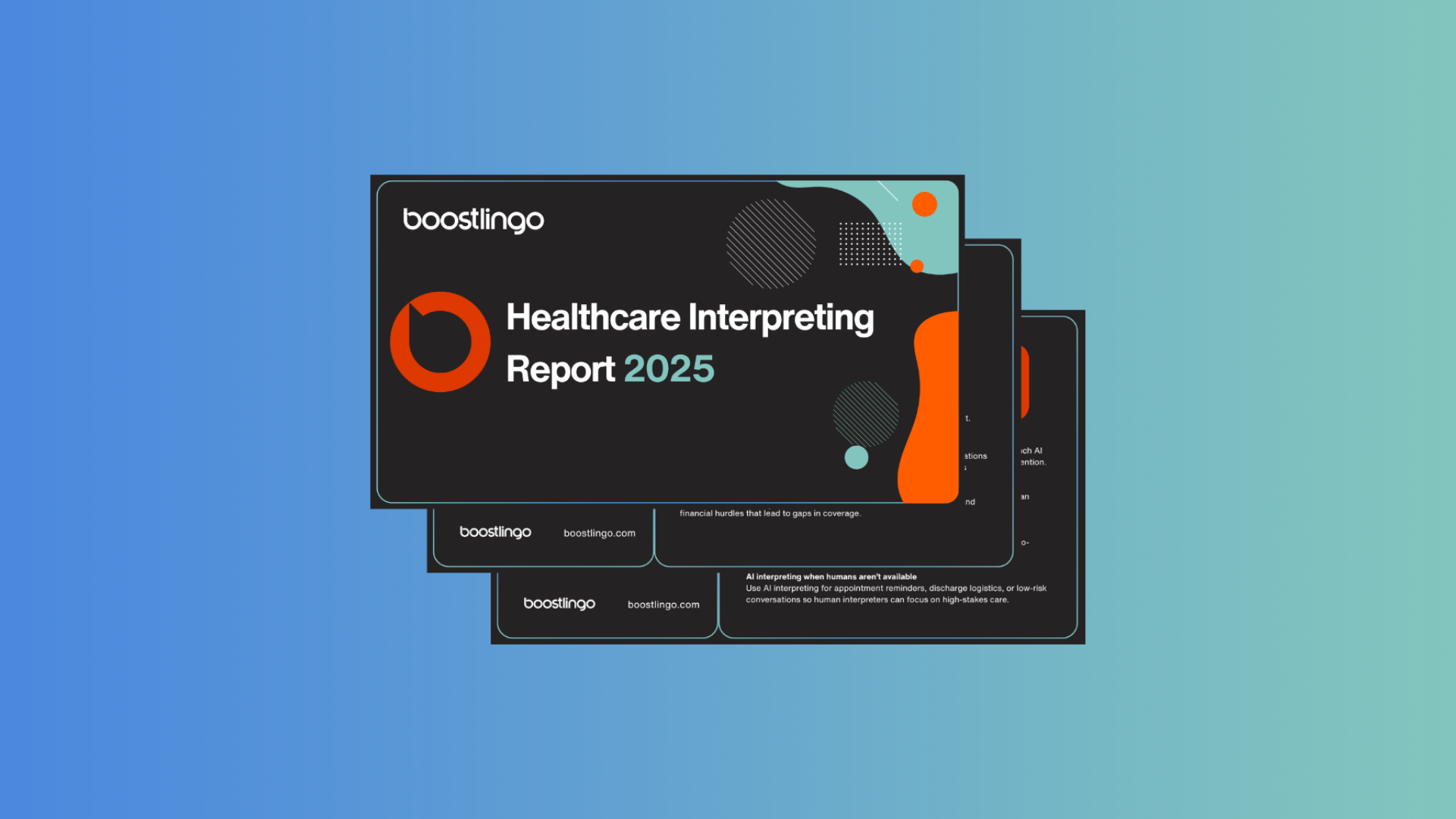Have you ever sat next to an interpreter while they were interpreting something? While their job may “sound” easy, it really isn’t. If you’re bilingual it doesn’t mean you can interpret consecutively and successfully. Try sitting in on an interpreting situation: one sentence comes out, but then the second one is already coming out before you had already even paid enough attention to the first sentence. If you haven’t been through the training interpreters go through you will fall behind very quickly.
Many people who are bilingual, raised by monolingual parents or raised by deaf parents see this as a challenge. This is why you will notice that many interpreters today have some sort of cultural background that has landed them right into the interpreters seat.
Children who were raised by minorities such as immigrants, migrant workers or deaf people have acted as successive interpreters as well as cultural intermediaries between their communities and the outside world for the majority of their life. Despite the fact that upon becoming interpreters they have never gone through extensive training, the natural abilities these people have are quite impressive.
For example, say you come across a young Spanish girl, who before she reached the age of 5 was already interpreting between one language to another. She then, had to learn how to speak German because her family moved to Germany, and then English because her family eventually moved to the United States. In no time, she mastered how to interpret from and to all of these languages for her parents: a phone conversation, in-person conversations, messages, or radio and tv shows. She might have been put into critical situations where she quickly had to learn and develop diplomatic skills when there were disagreements between someone and her parents. While this obviously isn’t the training interpreters go through today, this girl has been slowly training her whole entire life to become a professional interpreter, which is why some of these childhood interpreters will sometimes find themselves, as adults, in the role of professional interpreters after the intensive “training” they have gone through their entire life.
Additionally, professional interpreters must have all the skills of translators, but also all the verbal and cognitive skills that enable them to go from one language to another consecutively and successively. The consecutive interpreter speaks after the source-language speaker has finished speaking. You then have to memorize it, formulate the translation in the target language, and then communicate it, not to mention doing all of this within a matter of seconds.
Interpreters who have grown up speaking one language while listening to another are able to be consecutive and successful interpreters. It’s no wonder so many of them are in this profession. Not only is it easy for them, but also it most likely means something to them, to be able to help others in this way just like they had to growing up. It is no wonder that interpreters, like translators, are considered special bilinguals.



